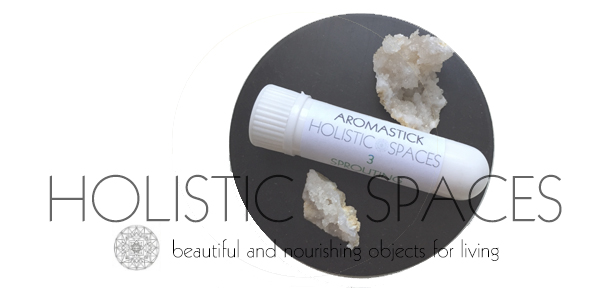featured on MindBodyGreen by Emma Loewe
Just thinking about decluttering your entire house is enough to raise cortisol levels. Rome wasn't built in a day, and your minimalist sanctuary probably won't be either. But if you want to choose one room to tackle first to reap the most benefits of tidying, all signs point to the bedroom.
Why is it so important to tidy the bedroom?
Simply put, cleaning up your bedroom could be a gateway to better sleep (which is basically the foundation of a healthier life).
"Your clutter is a constant to-do list—take care of this; put away that," Tracy McCubbin, decluttering expert and author of the upcoming book Making Space, Clutter Free, explains. "It's been linked to elevated cortisol and stress levels, so it's definitely not something you want in the place where you're trying to calm down and sleep at the end of the day!" McCubbin adds that those who suffer from anxiety and insomnia have the most to gain from a tidying session.
Here are four expert-approved tips to kick off your bedroom revamp.
4. The biggie: Get rid of under-the-bed storage.
Most of us have probably used the space under our beds for storage, especially if we live in a small space. But in feng shui philosophy, this is the last place we want to keep clutter.
"The objects underneath your bed can represent and create unconscious blocks in your life," Anjie Cho, an interior architect and feng shui designer, says. "You spend hours of your life in bed. Much of this time is spent while you're in a passive sleeping state, where you are greatly affected by and absorbing the energies around you."
…read full article
If you’d like to learn more about feng shui check out the Mindful Design Feng Shui certification program. Laura Morris and I launched our program in September 2018. To get on the list about it, sign up at: www.mindfuldesignschool.com.
Mindful Design is a new way to learn feng shui. Our unique training program takes an holistic approach to learning the art of feng shui design. Mindful design is about becoming aware, and attentive, to the energy around you: both inner and outer qi. It is about promoting a better way of living and creating sacred spaces that support, and nourish.





